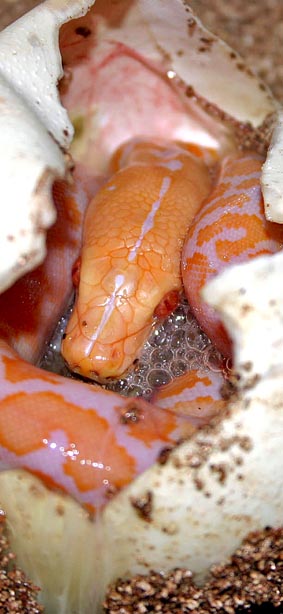|
Click Here For Super Dwarf Growth Data
Different Sub-Species? Click Here.
| This is a well fed, 4 year old female!! |
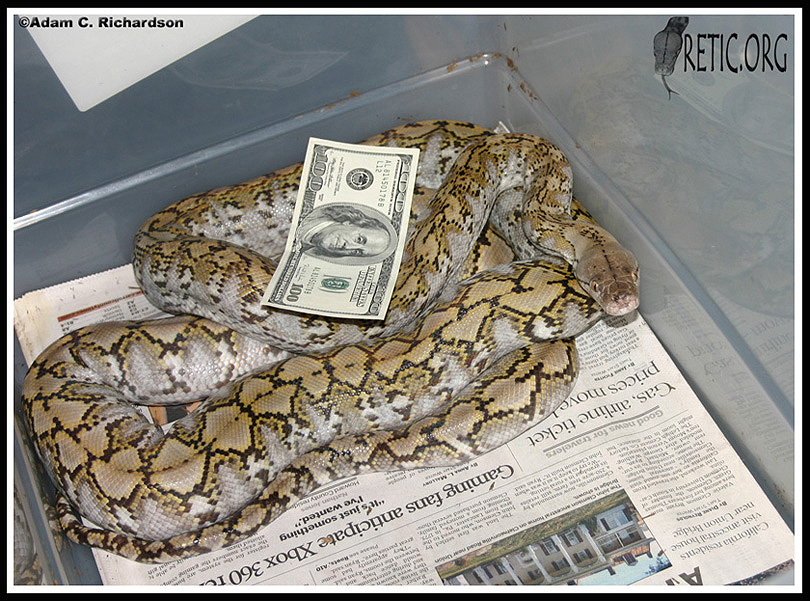
|
| She is under 5 feet and under 12 pounds! |
We are currently working with Super Dwarf Reticulated Pythons (imported by Mike Wilbanks), found in the Lesser Sunda
Islands, north-west of Australia.
| This should give you a better idea of their origin |
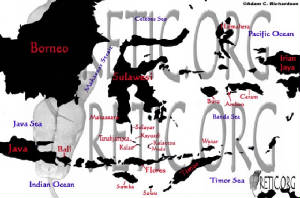
|
| Drawn by Adam RichardsonŠ |
The first
dwarves we heard about were from the island of Jampea. These animals may be expected to grow to sizes of 9-12 feet (with some well fed specimens
reaching even 15 feet), not a tiny snake by any means, but much smaller than their mainland brothers. Super dwarfs were originally imported by Bob Clark and Mike Wilbanks from an undisclosed island
in the Greater Sundas (possibly near kayuadi), where for some evolutionary reason they become sexually mature at around 5
feet. With no locale to name them after, Superdwarf seemed an appropriate name.
They have a fairly classic retic look as far as their patterns and colors, and the body style of a rat snake.
Today, many
people buy and sell Dwarf Retics using the terms Kayuadi, Kalatoa and Superdwarf interchangeably. In our opinion, Superdwarf
refers specifically to the stock Bob and Mike imported and their subsequent offspring. Kalatoas and Kayuadis may turn
out to be just as small, but for now we prefer to differentiate between them.
As 'Dwarf Morphs' become more and more prevalent, the original locality of
each animal's ancestors is going to become less and less clear. Bob Clark's Super Dwarf Tigers (Pictured Below)
are actually 50% Super Dwarf, 25% Jampea and 25% Mainland. They are some of the smallest Retics ever produced.
To us, that is the point. If your goal is a very small Retic, and the breeder you're doing business with has a good
reputation and pictures of his adults and their offspring that are very small, than who cares where they're from?
We
are also breeding our Albinos into our Jampea stock. So far, the offspring have
been smaller than 100% Jampea offspring that we've known about.
The truth
is that Jampea and Kayuadi are both protected (no animals collected or exported), so we use these islands as a geographic
reference point. The animals most likely come from some of the many small neighboring
islands.
Whether it be Kayuadi, Kalatoa or Superdwarf the end result is that of beauty.
The photos provided by Bob Cark are intoxicating,hopefully not intoxicating enough to
need a San Jose
DUI attorney,but nonetheless, a perfect example of eye-popping grace and style.The cool
distinct
patterns covering these Pythons create an unmistakable likeness between all but
their dissimilarities keep them interesting and unique.
| Super Dwarf Tiger |
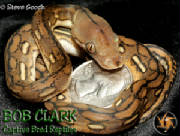
|
| Used with Permission |
| Tiny Super Dwarf Brooding Eggs |
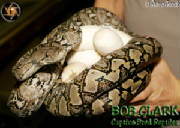
|
| Used With Permission |
| Super Dwarf eggs (left), Mainland Egg (right) |
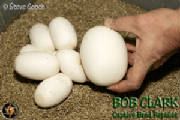
|
| Used with permission |
| A Very Small Super Dwarf Brooding Eggs |
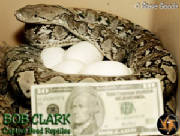
|
| Used with permission |
| SD Hatchling with a Mainland Hatchling (same age) |
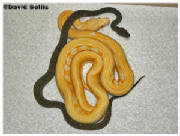
|
| David Bellis Collection |
| Jampea Dwarf |
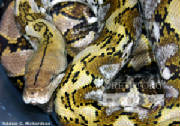
|
| Jampea Male |
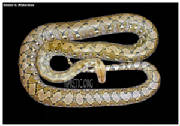
|
|
